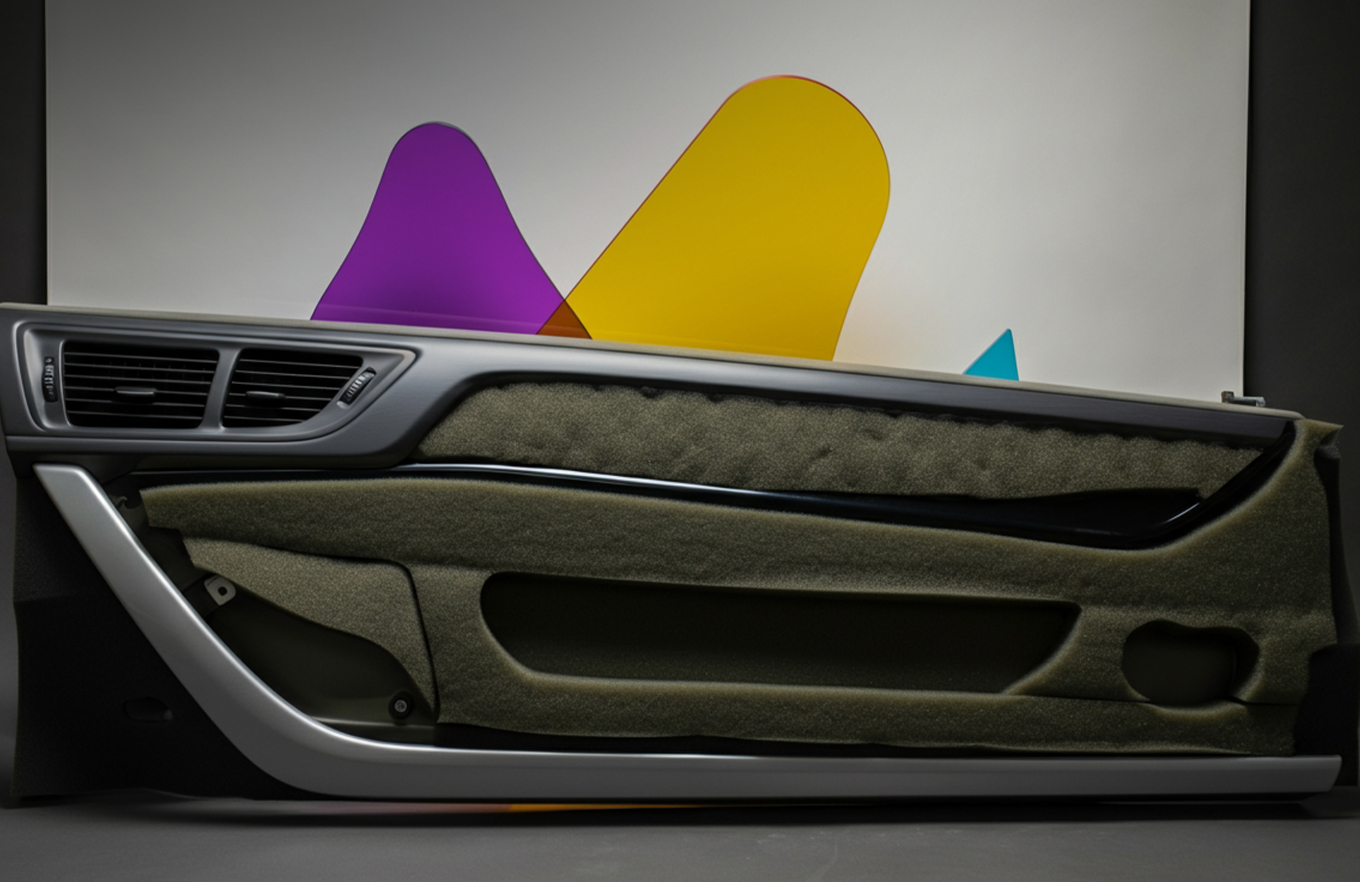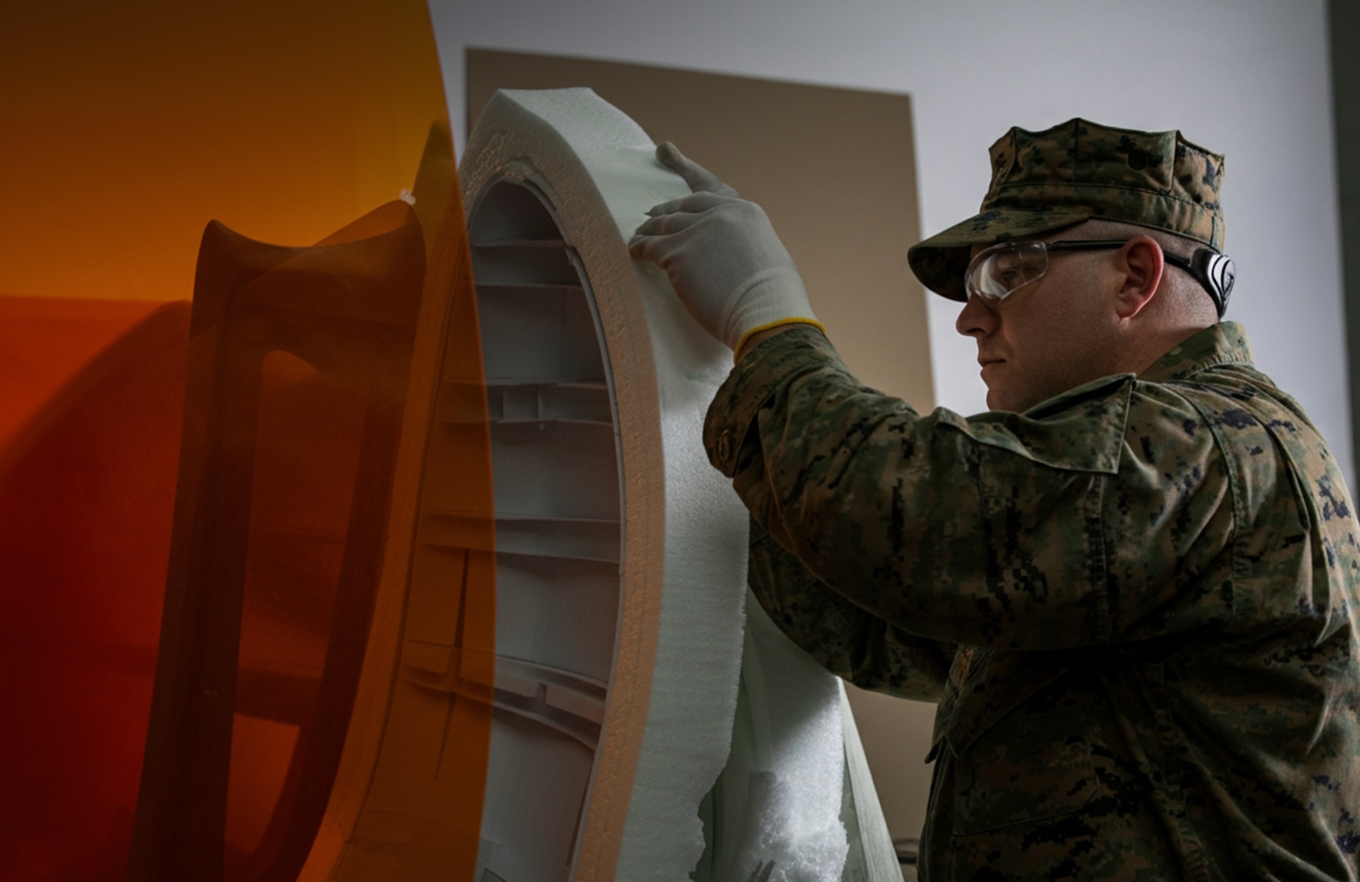October 13, 2025
In today’s manufacturing world, material choice plays a huge role in determining product quality, performance, and longevity. Among the most versatile materials available, closed-cell foam stands out for its strength, water resistance, and thermal insulation. Whether used for cushioning, sealing, or soundproofing, this material offers exceptional performance across industries.
It becomes clear that closed-cell foam is more than just a lightweight polymer; it’s a game-changer in industrial design. Its structure traps gas within sealed cells, providing superior durability and resistance against moisture and impact, making it the preferred material for a wide range of applications.
The global manufacturing industry has evolved rapidly, demanding materials that balance strength, efficiency, and sustainability. Closed-cell foam fits perfectly into this trend. Its dense, non-porous structure makes it ideal for products that must withstand stress, vibration, or environmental exposure. Manufacturers such as Samad Group have recognized its value, offering foam solutions that support innovation across sectors, from construction and packaging to transportation and electronics.
The adaptability of this material lies in its combination of low weight and high performance. It can be shaped, molded, or layered to meet specific industrial requirements, allowing engineers to reduce weight without compromising function. The result is improved energy efficiency and product reliability, key priorities in modern production.

One of the most significant uses of closed-cell foam is in the automotive sector. Modern vehicles rely heavily on lightweight materials to improve fuel efficiency and reduce emissions, and closed-cell foam meets both demands. It’s used in everything from seat padding and headliners to door seals and gaskets.
Beyond comfort, this material plays a critical role in noise, vibration, and harshness (NVH) reduction. By absorbing sound and dampening vibrations, it enhances the driving experience while protecting sensitive vehicle components. Many leading manufacturers, including Samad Group, supply closed-cell foam products specifically designed for automotive applications where precision and performance are non-negotiable.
In the construction industry, insulation materials must perform under challenging conditions, high humidity, temperature extremes, and long-term wear. Closed-cell foam is particularly valued for its exceptional thermal resistance and moisture protection.
Builders use it for wall insulation, roofing, floor underlays, and soundproofing layers. Unlike open-cell materials, closed-cell foam doesn’t absorb water, making it ideal for damp or outdoor environments. This reduces the risk of mold, corrosion, and energy loss, ultimately improving a building’s structural health. Samad Group has been at the forefront of supplying reliable foam materials that meet strict insulation standards for both residential and commercial projects.

Every year, industries ship millions of fragile or high-value items that need maximum protection. Closed-cell foam offers an ideal balance between cushioning and rigidity, making it perfect for packaging applications. Its shock-absorbing properties prevent damage during transit, while its ability to resist water and oil contamination ensures the integrity of goods.
Electronics, medical equipment, and precision tools often rely on foam inserts to protect sensitive components from impact. With custom-cut EVA foam variants, a popular type of closed-cell foam, manufacturers can create tailored packaging that fits specific shapes and offers consistent performance. This material is not only protective but also reusable, contributing to sustainable packaging initiatives worldwide.
The marine and aerospace industries operate in demanding environments where material failure is not an option. Closed-cell foam provides an exceptional balance of buoyancy, strength, and water resistance, making it ideal for boat decks, aircraft seating, and flotation devices.
In marine environments, its closed structure prevents water absorption even under pressure, extending product lifespan. In aerospace, it helps reduce weight while maintaining thermal and acoustic insulation. Samad Group supplies high-quality foam solutions tailored for these advanced engineering applications, ensuring safety and consistency in performance.
While there are several types of closed-cell foams, EVA foam (Ethylene-Vinyl Acetate) is among the most widely used. It offers flexibility, impact absorption, and smooth texture, making it suitable for footwear, sports equipment, and protective gear. Its excellent resistance to cracking and UV exposure also makes it valuable in outdoor and marine applications.
Manufacturers value EVA foam for its ability to maintain shape and structure under pressure while providing comfort and stability. It demonstrates how the broader family of closed-cell foams continues to push boundaries across industries.

Industrial machinery demands materials that can resist vibration, heat, and mechanical stress. Closed-cell foam serves as an effective barrier in machinery casings, seals, and gaskets. It prevents dust and moisture intrusion while minimizing energy loss caused by vibration.
Factories that handle high-performance production lines often integrate foam padding to protect equipment bases and maintain efficiency. With ongoing innovation from suppliers like Samad Group, these materials now meet stricter quality standards, ensuring consistent reliability and extended equipment lifespan.
As industries focus on sustainability, closed-cell foam is evolving toward eco-friendly formulations. Many manufacturers are adopting recycling initiatives or shifting to low-VOC production methods to reduce environmental impact.
The durability and reusability of closed-cell foam make it a sustainable alternative to disposable materials. When integrated into packaging, insulation, or protective gear, it reduces waste and extends product cycles. As innovation continues, its role in green manufacturing is only set to expand.
Closed-cell foam has transformed the way industries design, protect, and insulate products. Its versatility, strength, and moisture resistance make it an essential part of modern manufacturing. From construction to automotive and packaging, this material continues to set the standard for performance and sustainability. With suppliers like Samad Group delivering advanced foam solutions, the future of manufacturing looks both efficient and durable.
Looking for high-quality closed-cell foam solutions for your next project? Contact Samad Group today to get expert guidance and reliable materials tailored to your industrial needs.
Closed-cell foam has sealed air pockets that make it denser, more durable, and water-resistant than open-cell foam. This structure ensures better insulation and protection for industrial applications.
Yes, EVA foam is a form of closed-cell foam known for its flexibility and shock absorption. It’s commonly used in footwear, protective gear, and industrial packaging due to its durability.
Its strength, insulation, and water resistance make it perfect for automotive interiors, soundproofing, and construction insulation, offering long-lasting performance under extreme conditions.